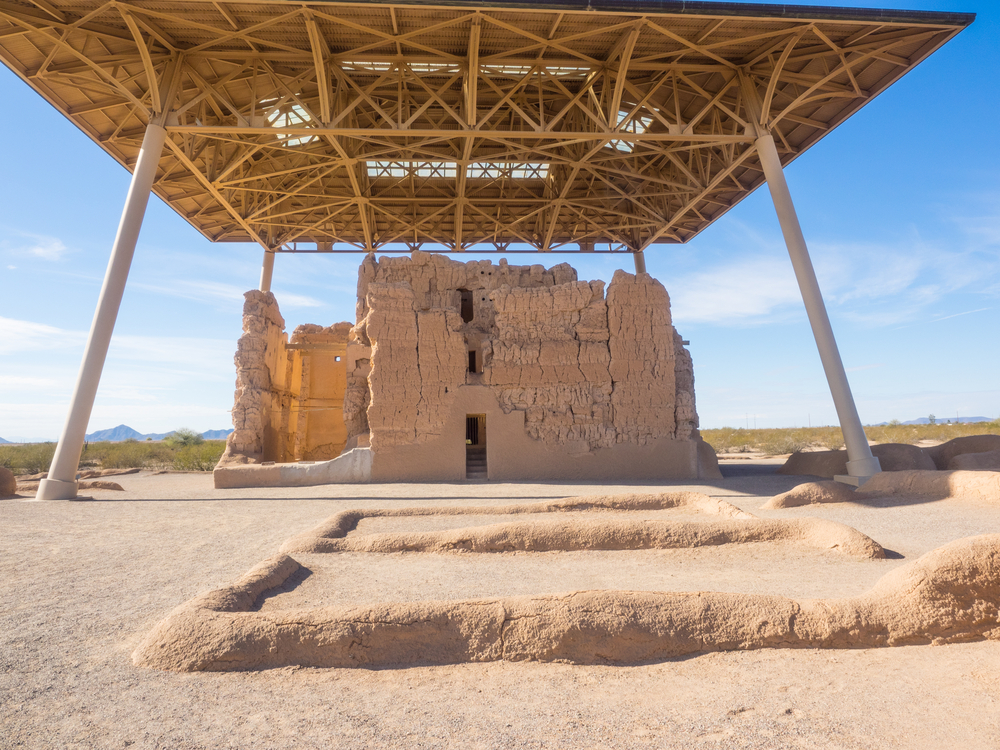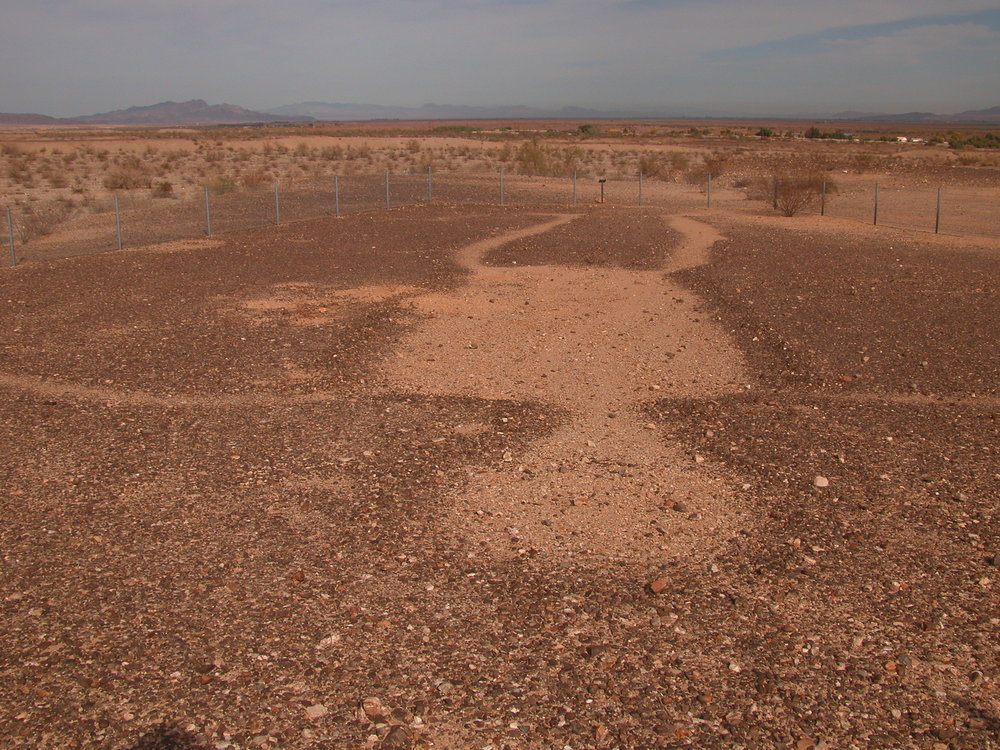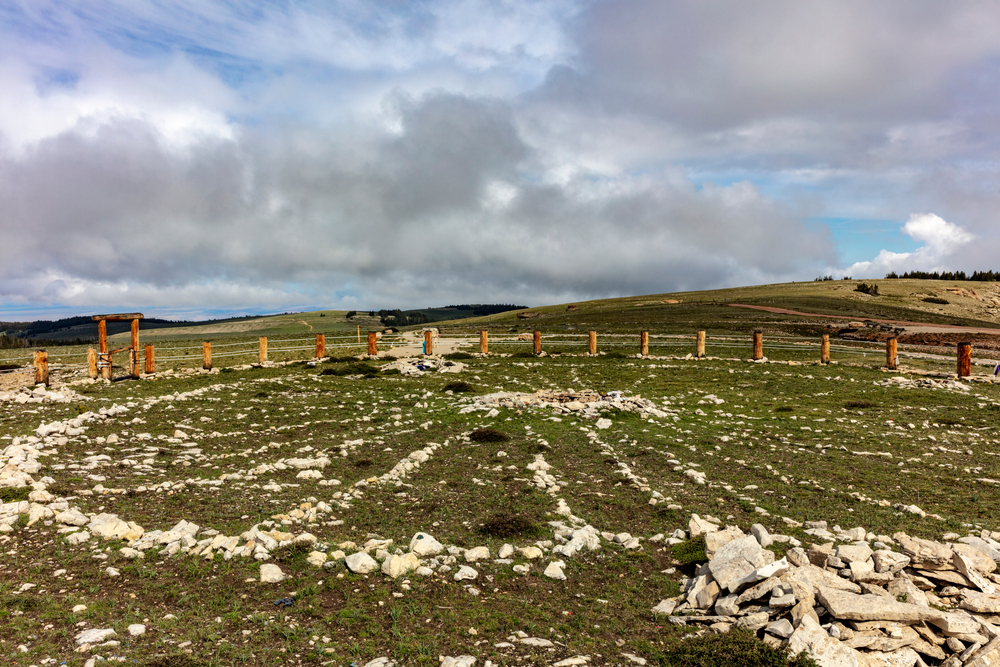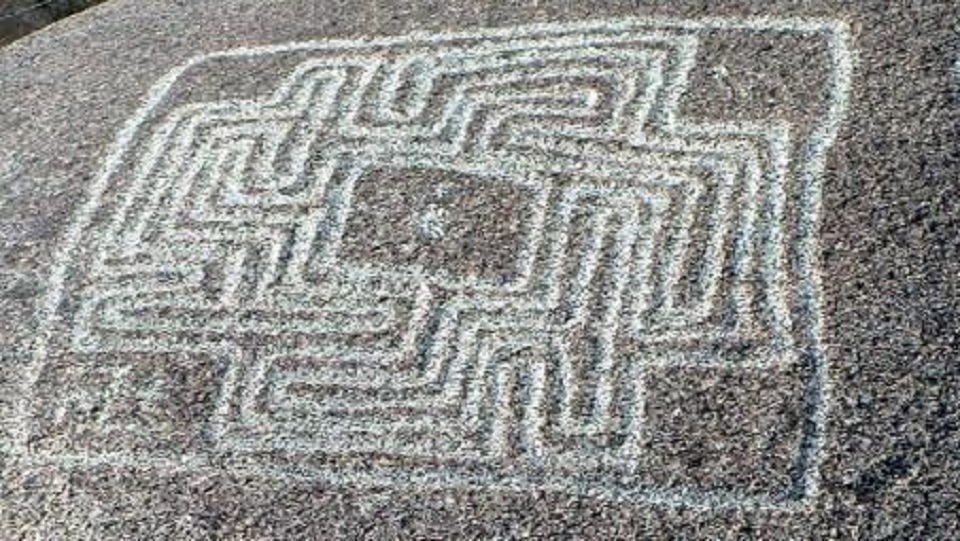
Some people say that in order to live in the present, you have to know your past. This way, you get to know more about your culture, other peoples’ culture and your origins.
This is where archaeology comes in handy. It has the ability to provide information and evidence about humanities past, reinforce people’s social and national legacy and also, it delivers some economical values to locations all over the world.
Even though archaeologists are constantly looking for answers regarding our past, there are still some sites that they know almost nothing about.
Here are 4 of them:
1. Casa Grande Ruins – Coolidge, Arizona

Casa Grande (The Great House) is one of the greatest prehistoric structures that was ever built in North America. The people who built this house were ancestral Sonoran Desert people and they also expanded irrigation farming and some wide trade connections. These lasted a really long time, until 1450 C.E.
Even though the archaeologists know that this house was built in the early 12th century, they have no idea what purpose the four-floor central building was serving. They believe it was either a grain silo or a house of worship.
Also, it is believed that Casa Grande was abandoned roughly 50 years before Columbus’s trip to the Americas in the late 1400s, early 1500s.
2. The Blythe Intaglios – Blythe, California

The Blythe Intaglios are a set of huge human figures engraved into the California desert. It is believed that these geoglyphs were etched around 450 and 2,000 years ago.
Nobody knew about these gigantic figures, until a pilot named George Palmer discovered them from the air in 1932. The reason why these landmarks were made it is still unknown.
This set of figures contains three human figures: a spiral and two four-legged animals. The largest figure that looks like a human is 171 feet long (52 m).
Not as famous as the Nazca Lines in Peru, but we hope this article helps make them more well known.
3. Bighorn Medicine Wheel – Lovell, Wyoming

A medicine wheel is an ancient symbol that was used by a lot of tribes. It is also called the Sacred Hoop or the Sun Dance Circle and it symbolizes all the knowledge and information that exists in the Universe, as well as Earth’s boundary.
There are many medicine wheels dispersed across North America. They have several stones organized in a shape that looks exactly like a wheel and the Wyoming’s Bighorn Medicine Wheel is the biggest of all. It has 75 feet in diameter and it is believed that it pre-dates the time when the Crow people used to live in the district.
4. Hemet Maze Stone – Hemet, California

Archaeologists found that the Hemet Maze Stone from California is at least 500 years old, if not even older than that. If you look at the picture, you can see that the design looks like a maze and it doesn’t seem like the other petroglyphs that were made in the United States of America.
Most of the petroglyphs tend to utilize symbols of people, humans, or things that can be found in the nature, such as rivers or trails. If you look closely to the image, you can see that the design looks like a swastika – a design that was usually found in Indian religions, including Hinduism, Buddhism and Jainism, before being co-opted by the Nazi’s.
Since 1914 – when this imagine was discovered – only a few similar drawings were found. They were 50 in total and were place within 150 miles distance of each other.
Just like the other sites, archaeologists couldn’t find an explanation for this engraving.
It seems like we can’t find answers for all the things that happened in the past. We may not know the real reason why people did what they did and arranged those things, but we can interpret, read about the old cultures and come up with our own arguments.
I guess sometimes a little mystery doesn’t hurt anybody!












































